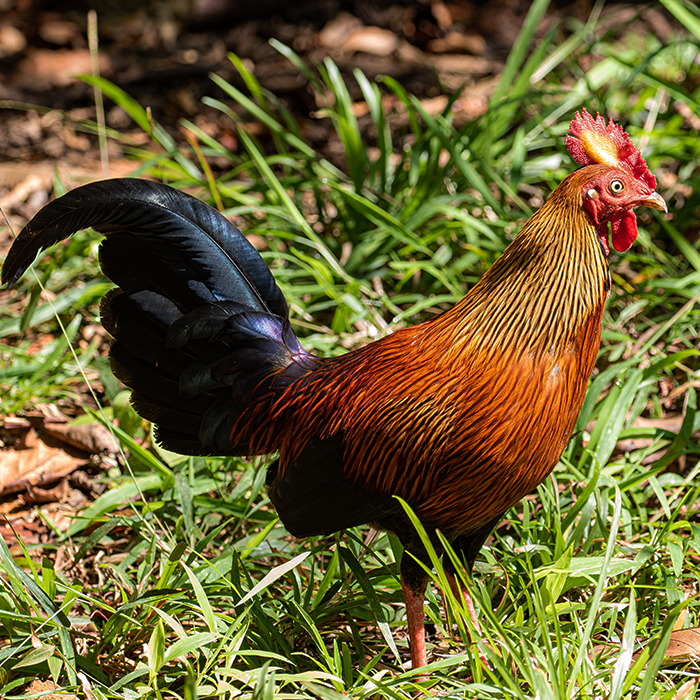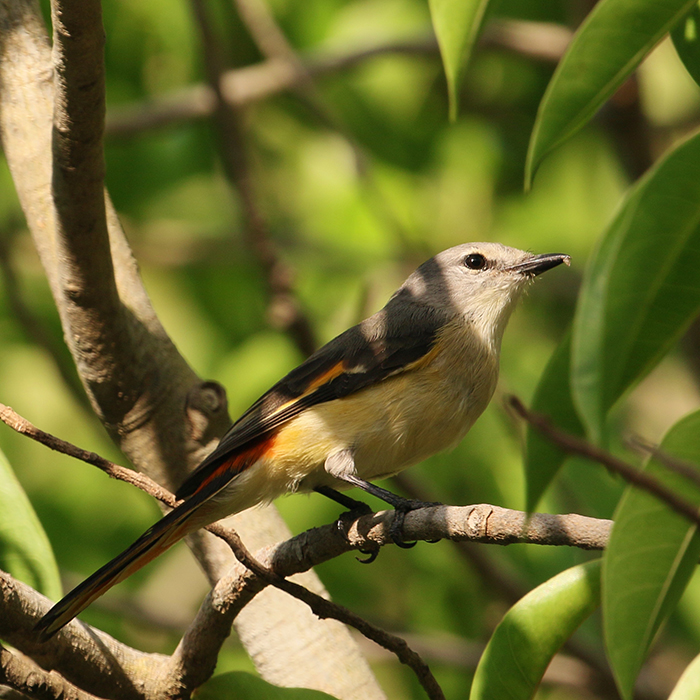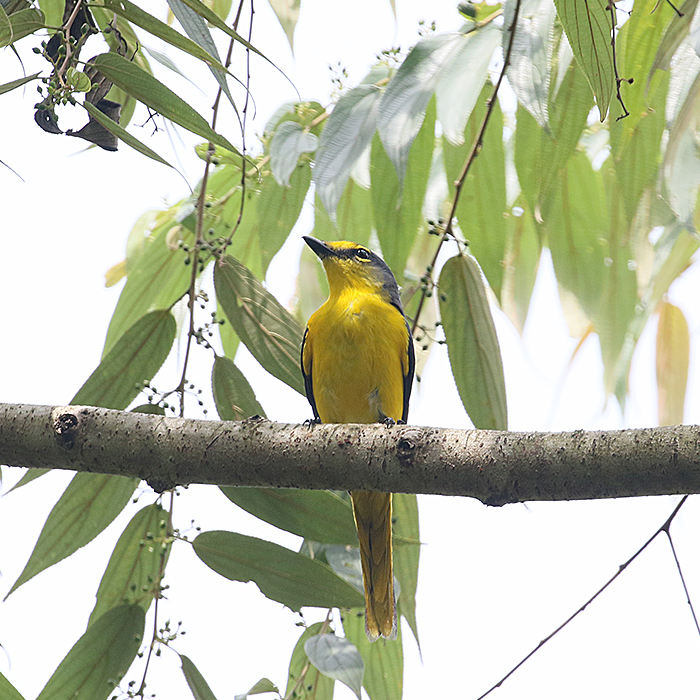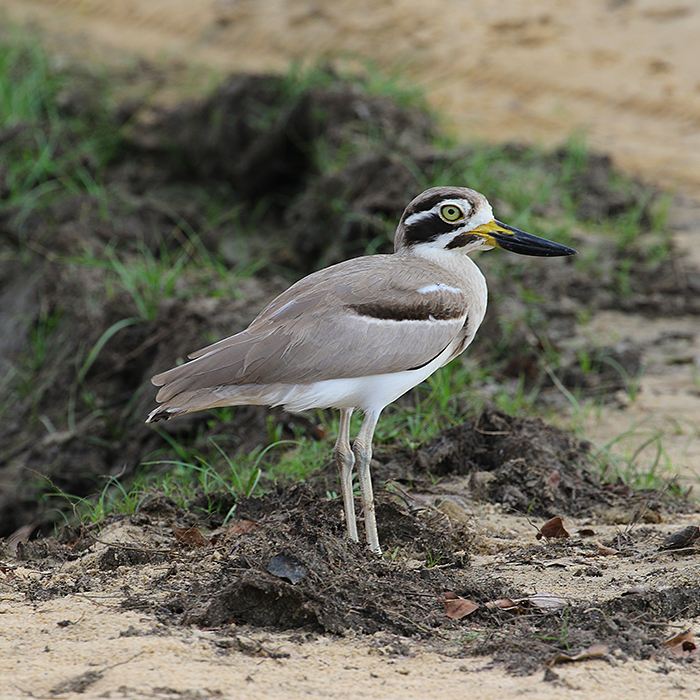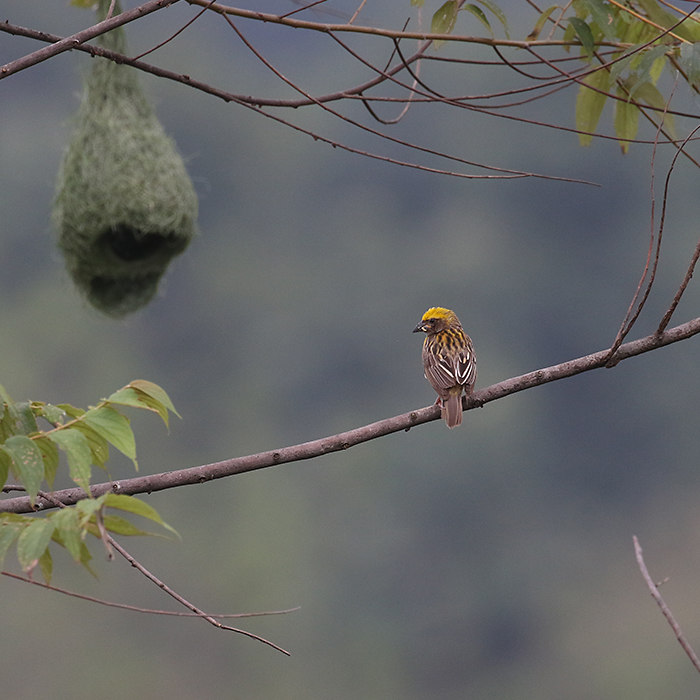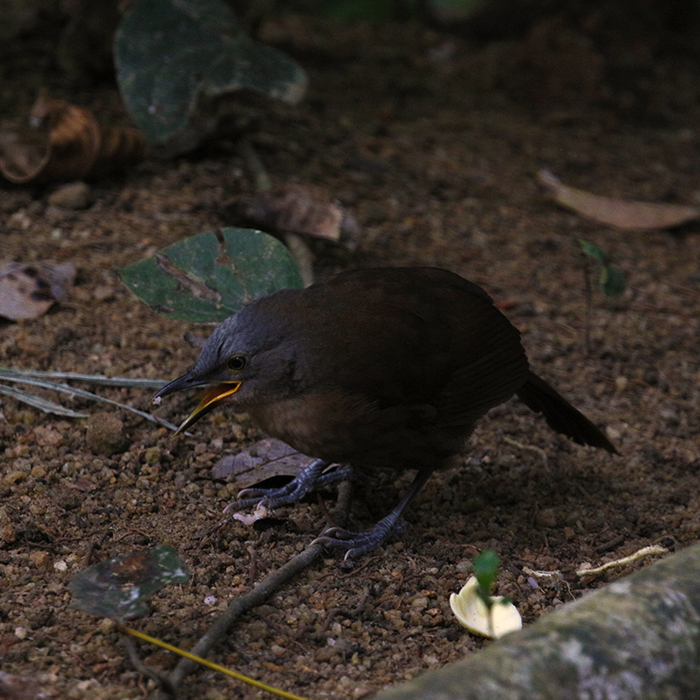If you are a passionate bird watcher, then you know Sri Lanka boasts an impressive number of Endemics. The 34 species that call Sri Lanka home, range from Owls, Thrushes, Cuckoos, Barbets and many more. Some are elusive and require experts to locate them and that’s why we have showcased one of our best itineraries below so you can bag them all.
Day 1. Arrival / Kitulgala
Upon arrival at the Katunayake Airport you will be met by our team and transferred to Kitulgala town for a 2-night stay. During our journey we will no doubt be met with a variety of birds which may include Common Myna, Spotted Dove, House Crow, Yellow-billed Babbler, Grey-headed Swamphen, Lesser Whistling Duck, Spot-billed Pelican, White-throated Kingfisher, Common Kingfisher, Green Imperial Pigeon, Asian Koel, Greater Coucal, Black Headed Oriole and many more.
Depending on the time we arrive in Kitulgala we will explore the surround village and will no doubt be met with more than one of the endemics from Sri Lanka Grey Hornbill, Yellow-fronted Barbet, Spot-winged Thrush, Sri Lanka Hanging Parrot, Sri Lanka Green Pigeon, Sri Lanka Swallow, Crimson-fronted Barbet, Greater Sri Lanka Flameback and Lesser Sri Lanka Flameback.
Overnight stay in Kitulgala
Day 2. Kitulgala Forest
With pre-breakfast birding sessions to seek for the Green Billed Coucal, Sri Lanka Jungle Fowl, Layard’s Parakeet, Black-capped Bulbul, Sri Lanka Scimitar Babbler and Sri Lanka Myna we have a full day of exploring Kitulgala village and the forest. After breakfast we will cross the Kelani river and proceed to the Kitulgala forest via small local settlements which are teeming with birdlife. Raptors such as Rufous-bellied Eagle, Crested Goshawk, Mountain Eagle and White-bellied Eagle are frequent flyers whilst Legge’s Flower Pecker may perch high up on the trees.
Our main goal will be to locate some of the sort after birds inside the forest which include the Red-faced Malkoha, Chestnut-backed Owlet, Sri Lanka Spurfowl, Sri Lanka Blue Magpie, Black-capped Bulbul and Orange-billed Babbler. Of course, the recently discovered Serendib Scops Owl will be a top priority and in pursuit we will also search for the Sri Lanka Frogmouth.
Other species such as Oriental Dwarf Kingfisher, Malabar Trogon, Velvet-fronted Nuthatch, Black-naped Monarch and Dark-fronted Babbler will no doubt make an appearance. The forest is also teeming with other wildlife which include the Endemic Sri Lanka Kangaroo Lizard, Purple-faced Leaf Monkey, , Sri Lanka Grizzled Giant Squirrel and Layard’s Palm Squirrel.
Overnight stay in Kitulgala.
Day 3. Kitulgala / Nuwara Eliya / Hakgala Botanical Gardens
We will embark on another pre-breakfast bird walk to better our previous days sightings and eventually will set off to the hill station in Nuwara Eliya. As the elevation changes so the does the vegetation and its habitants. We should have fairly good views of Black Eagle, Oriental Honey Buzzard, Crested Hawk Eagle, Crested Serpent Eagle and Booted Eagle as the winding roads take us to our destination. Sri Lanka White-eye are usually one of the first endemics we see in the area. Pied Bushchat, White-bellied Drongo and House Sparrow are some what very common in the area.
In the afternoon we will visit the Hakgala Botanical Gardens where we will have a good chance at looking at some of the endemics that occur here such as Yellow-eared Bulbul, Sri Lanka Scimitar Babbler, Dull-blue Flycatcher and if lucky the Chestnut-backed Owlet and the Sri Lanka Blue Magpie. Other species we may come across are Cinereous Tit, Grey-headed Canary Flycatcher, Brown-breasted Flycatcher, Scaly-breasted Munia, Forest Wagtail and Grey Wagtail. The highland race of the Purple-faced Leaf Monkey is also a common sight here and one of the easiest places to see them. Brown Mongoose and Toque Macaque are also present.
Overnight stay in Nuwara Eliya
Day 4. Horton Plains / Victoria Park
A very early start will ensure we will be at Horton Plains National Park just in time to spot the elusive Sri Lanka Whistling Thrush. This is another sort after endemic which usually requires patience and the will to continue in some of the coldest areas of the country; worth every bit of time if we get a sighting of this beautiful song bird. Sri Lanka Bush Warbler, Sri Lanka Wood Pigeon, along with some of the endemics we may seen at Hakgala Botanical Gardens should also grace our presence. Once we have got our target species, we will continue the almost 10 km trek which will take us through the montane forests where waterfalls and scenic view points accentuate the experience. Black-shoulder Kite, Himalayan Buzzard, Peregrine Falcon, Indian Blackbird, Pied Bushchat, Blue-tailed Bee-eater, Zitting Cisticola, Tri-colored Munia, Black-throated Munia, Red-wattled Lapwing along with Samaba, Wild Boar, Stripe-necked Mongoose, Brown Mongoose, Green Garden Lizar, Black-cheeked Lizard are also present here. Although the population of the Sri Lankan Leopard are now thriving in this area, there superb ability to blend in and stay hidden will make it a rather tough find but if they decide to show it should be one of the highlights here.
Late afternoon we will visit the Victoria Park, where depending on the time of the year migrants such as Kashmir Flycatcher, Indian Blue Robin, Indian Pitta, and Pied Thrush will be a key focus (November to April best time to see them) Velvet-fronted Nuthatch, Green Warbler, Large-billed Warbler and Bar-winged Flycatcher-shrike are also possible here.
Overnight stay in Nuwara Eliya.
Day 5. Nuwara Eliya / Udawalawe
We set off on a rather long drive today to Udawalawe and will have a couple of birding stops to enrich the journey. Our first stop will be in the Surrey Estate sanctuary where possibilities of finding a roosting pair of Brown Wood Owls is very high. Greater Sri Lanka Flameback, Lesser Sri Lanka Flameback, Sri Lanka Scimitar Babbler, Sri Lanka Green Pigeon, Sri Lanka Jungle Fowl, Sri Lanka Hanging Parrot, Sri Lanka Wood Pigeon, Sri Lanka Grey Hornbill, Sri Lanka Myna, Emerald Dove, Layard’s Parakeet, Rose-ringed Parakeet, Jerdon’s and Golden-fronted Leaf Bird, Pale-billed Flower Pecker, Purple-rumped Sunbird, Loten’s Sunbird, Purple Sunbird and Tickell’s Blue Flycatcher are also seen here.
We will stop for lunch at the picturesque town of Ella and should enjoy further views of Crimson-fronted Barbet, Black-capped Bulbul, Scaly-breasted Munia, Yellow-browed Bulbul and many more.
As we draw nearer to Udawalawe the we will once again see how the vegetation changes supporting a varied birdlife along the roads and the many paddy fields and vegetable fields. Malabar Pied Hornbill frequent the lowlands whilst Great, Intermediate and Little Egrets, Black-headed Ibis, Black-winged Stilt, Asian Open Bill, Woolly-necked Stork, Plain Prinia and Green Imperial Pigeon should be constant in many of the fields.
Overnight stay in Udawalawe.
Day 6. Udawalawe National Park / Sinharaja
Another early morning start is required as we set off to the Udawalawe National Park for a jeep safari. One of our target species here is the Sri Lanka Woodshrike and we should be fairly lucky with a couple of good sightings. Plain, Jungle, Ashy and Grey-breasted Prinia are all found within this park along with Tawny-bellied Babbler, Yellow-eyed Babbler, Blue-faced Malkoha, Sirkeer Malkoha, Barred Buttonquail, Lessser Adjutant, Painted Stork, Grey-headed Fish Eagle, Crested Hawk Eagle, Orange-breasted Green Pigeon, Alexandrine Parakeet, Plum-headed Parakeet, Grey-bellied Cuckoo, Coppersmith Barbet, Marshall’s Iora, Common Iora, White-rumped Shama, Baya Weaver, Indian Silverbill, Yellow-crowned Woodpecker and Indian Peafowl are also found here. Udawalawe National Park is also one of the best places to find large herds of Asian Elephants and we should be fairly lucky with these sightings.
Later in the afternoon we will proceed to Sinharaja and if time permits, we will do some birding around the village and should have sightings of Yellow-fronted Barbet, Layard’s Parakeet, Sri Lanka Swallow, Crimson-fronted Barbet, Sri Lanka Myna, Black-capped Bulbul, Sri Lanka Green Pigeon, Square-tailed Bulbul and White-breasted Waterhen. Large Water Monitors frequent the streams and we should have some close encounters.
Overnight stay in Sinharaja.
Day 7. Sinharaja Rainforest
Today we will spend time exploring the Sinharaja Rainforest in hope of completing any endemics that may have eluded us. Our main focus will be to seek out the Serendib Scops Owl, Chestnut-backed Owlet, Sri Lanka Frogmouth and the Sri Lanka Scaly Thrush. Ashy-headed Laughing Thrush, White-faced Starling, Green-billed Coucal, Red-faced Malkoha, Sri Lanka Spurfowl and Malbar Trogon will be a top priority. We will also focus on finding the rare and elusive owls, the Forest Eagle Owl and the Sri Lanka Bay Owl.
Overnight stay in Sinharaja.
Day 8. Sinharaja / Katunayake
Another early morning visit will be undertaken either to the rainforest or to the buffer zone village depending on the success of the previous day.
After lunch we will set of to a hotel near the airport and we may indulge in some easy birding in the local hotel garden in search of Indian Scops Owl or Brown Hawk Owl.
Overnight stay in Katunayake
Day 9. Nuwara Eliya / Udawalawe
We will set off to the Airport in time for the departure flight.
End of Tour






